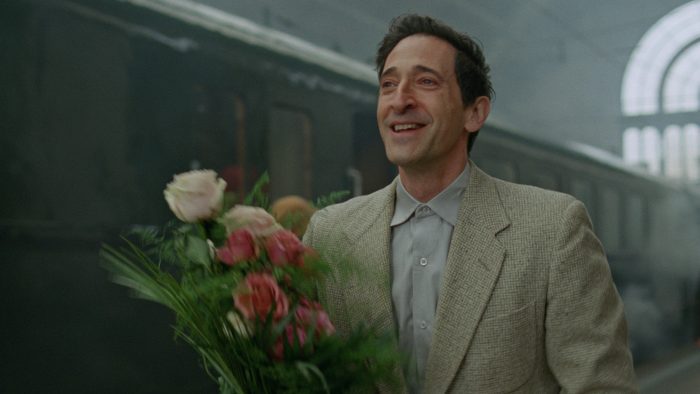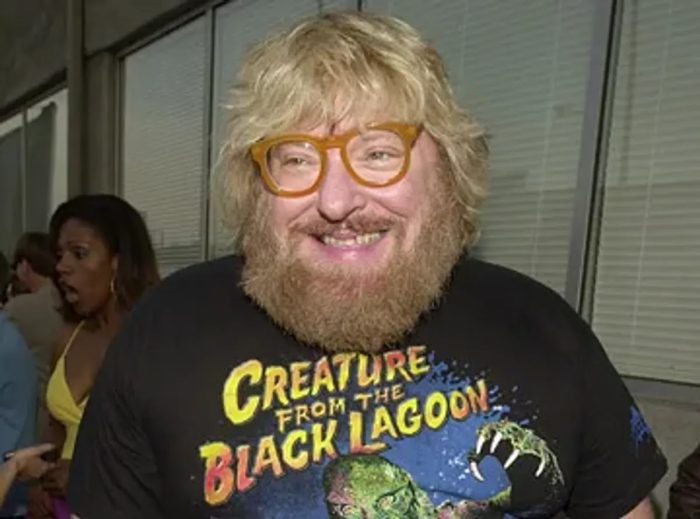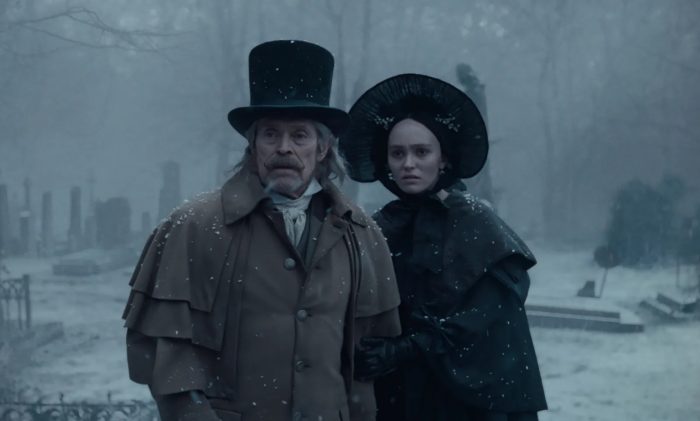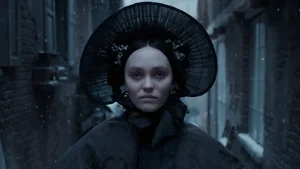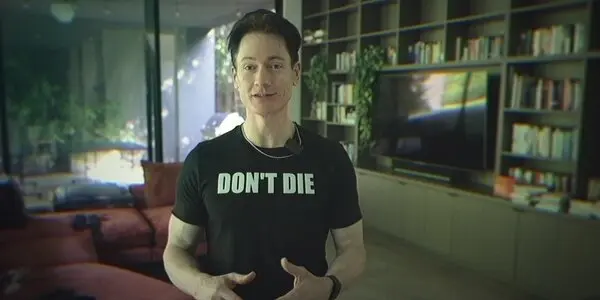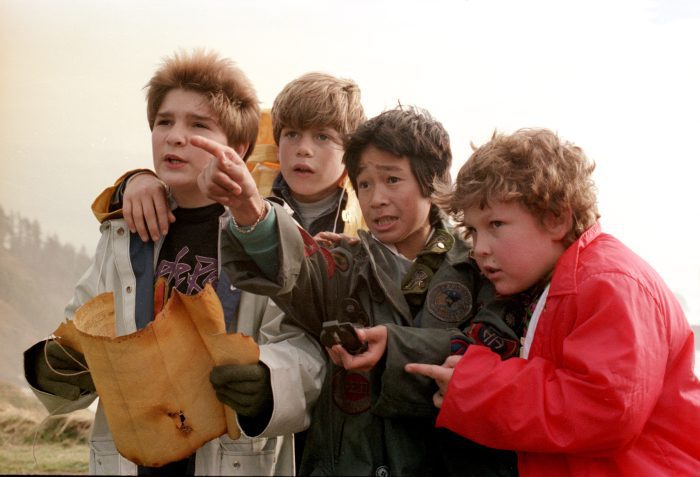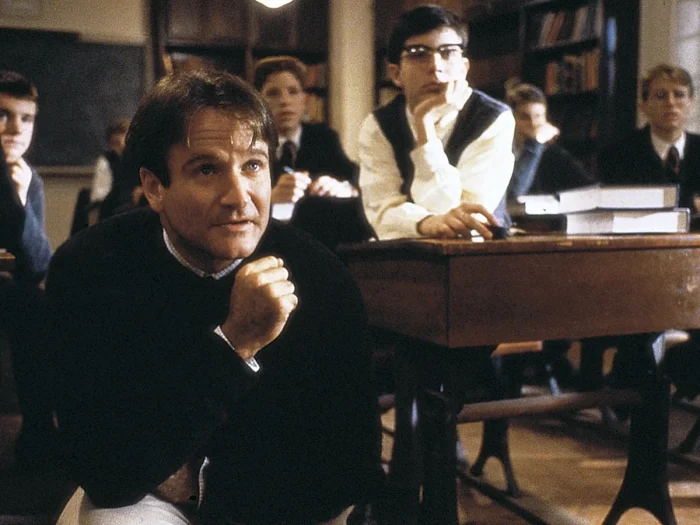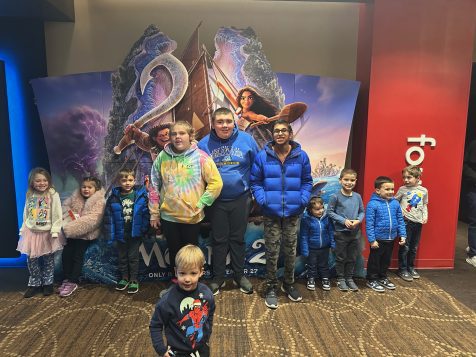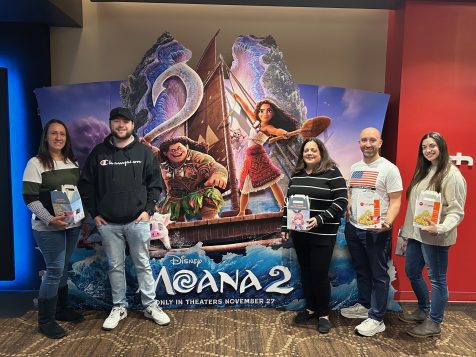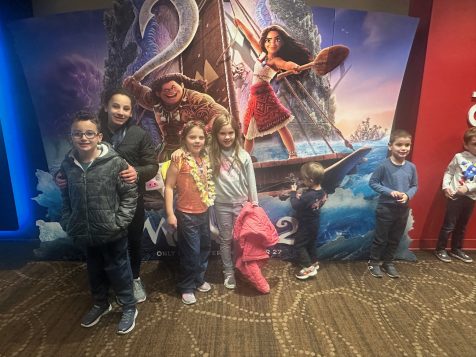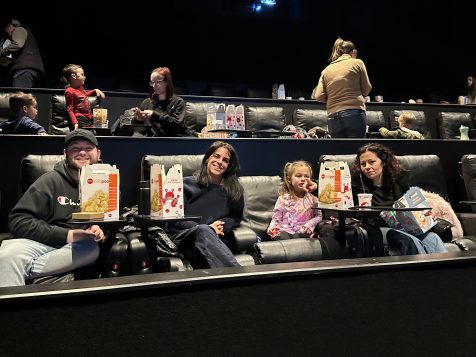By Tim Haggerty & Jeffrey Sanzel
This year’s Oscar race is an unusual one. It is the first season since 1987 that three horror films received nominations. AI controversies entered the discussion, including use in fixing translations, autotuning songs, and script adjustments. Oscar nominations have become increasingly a tool to bring awareness to films rather than just acknowledge excellence. Films are giving limited releases and then hitting wide release months later. Over the last number of years, the Academy has often leaned towards honoring careers rather than the particular performance. Politics certainly affected, if not directly influenced, this year’s roster.
Here is a rundown of some of the major categories.
BEST ACTOR IN A LEADING ROLE
Timothée Chalamet’s Bob Dylan (A Complete Unknown) and Sebastian Stan’s Donald Trump (The Apprentice) are biographical portraits that do not resort to caricature or parody, exposing humanity in the former and the demon of winning in the latter. While a leak revealed that the director used AI to alter Adrien Brody’s Hungarian accent in The Brutalist, Brody still gives a passionate career best, holding the screen for 3 1/2 hours. The Brutalist will most likely give Brody his second Best Actor statuette.
BEST ACTRESS IN A LEADING ROLE
This category is a tight race. Karla Sofía Gascón is the first openly transgender actress nominated for this award. Cynthia Erivo received universal accolades for Wicked’s Elphaba. Fernanda Torres (I’m Still Here) turned in a top-tier performance. But Demi Moore is most likely to win for The Substance. While performances in horror films rarely get a nod (previously passed-over actresses include Toni Collette, Florence Pugh, Mia Goth, and Lupita Nyong), Moore could win for her performance, her legacy, and the genre itself. While a longshot, Mikey Madison could be a dark horse surprise as she carried Anora.
BEST ACTOR IN A SUPPORTING ROLE
While the actors in this category present a good range of performances, Kieran Culkin’s prodigal cousin in A Real Pain has dominated this award season’s category. His work is unique, raw, and unexpected, almost guaranteeing a win.
BEST ACTRESS IN A SUPPORTING ROLE
Ariana Grande (Wicked) and Isabella Rosalini (Conclave) deserve an award in this category. But Zoe Saldaña has the strongest presence in the unusual Emilia Pérez and will win.
BEST DIRECTOR
Perhaps Bradley Corbet’s mammoth undertaking The Brutalist could have garnered him Best Director, but an erratic Oscar campaign might have damaged his path. Sean Baker is one of the era’s greatest independent directors, with an oeuvre comparable to the best of John Cassavetes and Elaine May. An artist who created Tangerine completely on his phone and who turns non-actors into stars, his win for Anora will celebrate great filmmaking.
BEST WRITING (ADAPTED SCREENPLAY)
Peter Straughan’s Conclave is the frontrunner in this category. The fantastic drama following the election of a pope balances introspection with political commentary.
BEST WRITING (ORIGINAL SCREENPLAY)
Sean Baker’s Anora and Brady Corbet and Mona Fastvold’s The Brutalist have run neck-and-neck in awards. While both scripts are exceptional, Anora’s delightful mix of humor and shades of darkness might give it the edge. Its recent garnering of the Writers Guild Award almost secures its win.
BEST PICTURE

Since the expansion of the Best Picture category from five to ten nominees for the 82nd Academy Awards (2010), the race is glutted with unlikely winners. Certainly, Dune: Part Two falls into this category. Other films are deemed too small or niche to get the top prize. If not for the AI controversy, the epic The Brutalist would most likely win, harkening to films like Gone with the Wind and Lawrence of Arabia. But its length is not a point in its favor.
Anora is this year’s frontrunner, receiving the Cannes Film Festival Palme d’Or at Cannes, the Critics’ Choice, Directors Guild, and Producers Guild Awards. To date, Anora has received 193 nominations and 70 wins. Sean Baker might be the first person to win four Oscars for a single film: producer, writer, director, and editor.
And some parting Shout Outs …
Best Production Design: All five nominees deserve to share the award, though Wicked’s spectacular visuals will triumph.
Best Documentary Short: I Am Ready, Warden is a powerful portrait of a death row inmate in the week leading up to his execution.
Best Cinematograpy/Original Score: The Brutalist’s Cinematography (Lol Crawley) revived 70 mm VistaVision (the film stock of pictures like Vertigo — last used in 1961’s One-Eyed Jacks) and offered outstanding visuals. Its Original Score (Daniel Blumberg) is exceptional.
Best Animated Feature Film: The Wild Robot (probable winner), Flow (runner-up), and Memoir of a Snail are all first-rate Animated Features. That said, Inside Out 2 remains a strong possibility.
Best International Feature Film: The Seed of the Sacred Fig (Germany), secretly shot in Iran, tells the story of a family struggling with the country’s resistance to progression, specifically for women. A film that builds extraordinary tension, it is a must-watch for anyone wishing to see political protest and retaliation cinematically explored. However, the win will likely go to I’m Still Here (Brazil).
—————————————–
Tune in to the 97th Academy Awards ceremony on Sunday, March 2, to see who carries the film industry’s highest honors. Hosted by Conan O’Brien at the Dolby Theatre in Los Angeles, the show will be broadcast live by ABC starting at 7 p.m. For the first time, the Oscars will also be streamed live on Hulu. You can also watch via Hulu Live TV, YouTubeTV, AT&T TV and FuboTV.

